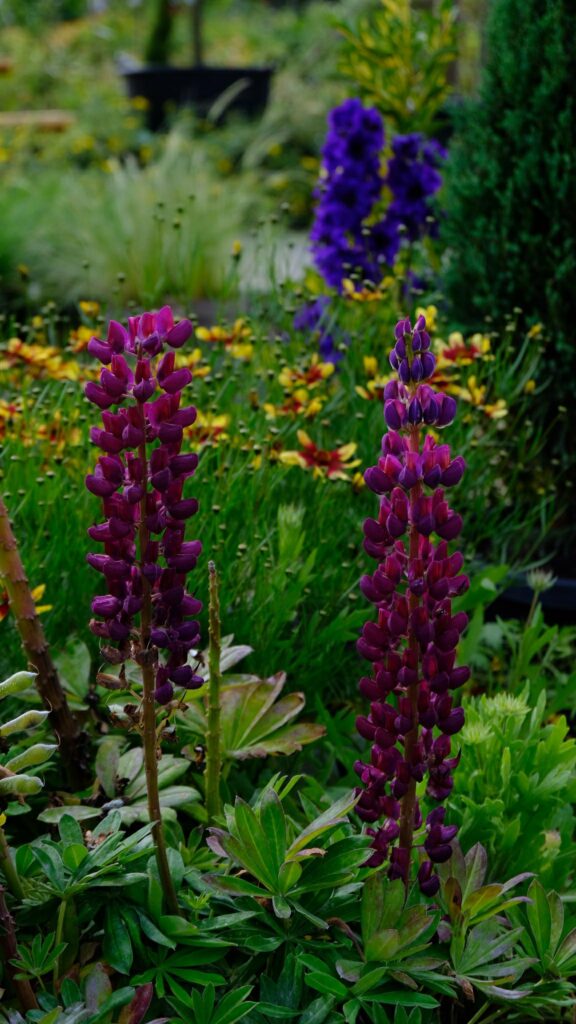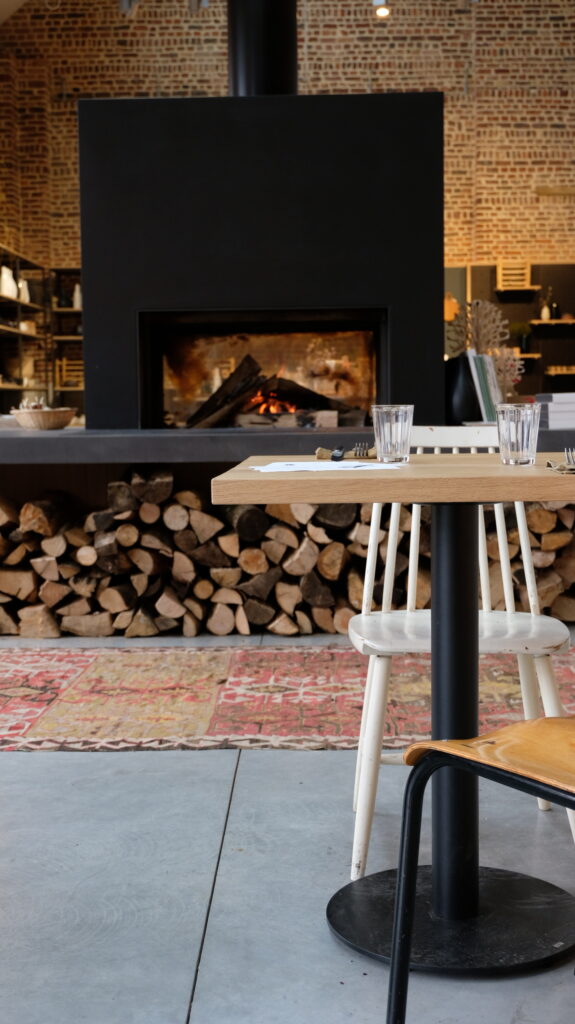It is increasingly important for us to be turning towards methods aligned with the organic principles based on the observation of nature with, for example, natural repellents to replace the use of insecticides or other chemical products. And to plant in our gardens many varieties of fruit trees, aromatic plants, old vegetable plants, melliferous perennials and fruit-bearing shrubs.



A multidimensional and multi-purpose project will be constantly reinvented and will be a place of friendly and generous exchanges. Several poles will be designed: organic agro-ecological market gardening, educational space where knowledge is shared (training and workshops for adults on the construction of insect hotels or on the pruning of fruit trees, activities geared towards children or even catering based on the principle of ‘from the field or the greenhouse to the plate’. A large wood fire will be a pleasant place to gather around a menu that honors seasonal vegetables: miso asparagus, spinach flowers, sweet potato cream, lettuce and weed gazpacho, purple basil pesto, asparagus and wild garlic tartar or, for dessert, strawberry and rhubarb soup: it is important to produce a larger and larger part of our food needs each year, products that are grown or picked on site. What does it look like to combine ornamental with edible elements in the garden?






Going to the places that we are setting up little by little brings rejuvenation. Having the opportunity to see vegetables growing just a stone’s throw from where you sit to eat them is a different experience. Walking down the aisles, we can discover edible plants, such as red mizuna and glacial ficoïde. Providing simple and tangible information that is accessible and enriching (such as about edible flowers, green manures, chemical-free weeding or willow as a natural aspirin) remains of importance. The transmission of knowledge, the contagious inspiration that pushes visitors to implement things at home, to eat more healthily or to establish a stronger link with nature are points that remind us that each of us has a major impact on the reality that surrounds us. Two paths are ahead of us, one that returns to the organic principles in harmony with nature and the other one, hyper-technological and dehumanized. Our decisions, our actions and our commitments count and make a big difference, second by second.



- The fallingfruit.org interactive and collaborative map lists places where one can pick edible species for free. By opening our eyes to the world around us and reprogramming the way we see it, we often realize that it is much more abundant than we thought it was. Yet for most of us, picking up fruits or tender leafs, especially in urban areas, does not come as an evidence. How joyful it is to realize that food is growing all around us while we had not lifted our heads and noses to be a witness of it.
- picking up fruits and vegetables in different projects directly in their gardens: starting in May with strawberries (earlier for the veggies) and early June with a wide choice of small fruits such as raspberries, red and mackerel currants, some strawberries as well as some salads, herbs and vegetables). Coming with reusable bags is encouraged as well as waterproof material if the weather is unstable. A small knife can also be brought along to facilitate wandering around and harvesting. Less packaging or energy loss due to transport, more flavour with the choice of ripe products, we can learn a lot by returning to these local principles.






- exchanging seeds and plants between individuals on online platforms
- ordering seeds from trustable producers, varieties of seeds of old tasty and rustic vegetable, aromatic and floral varieties ; initiatives that aim to preserve independence, autonomy and food sovereignty. F1 hybrids or genetically modified varieties are left aside. Direct sales to consumers, group purchases, farm sales or any form of local economy are encouraged. While the plant produces its immunity in a living soil, new European regulations are moving more and more towards a hygienic and agro-industrial vision of the living world. The measures taken seem to be moving towards the disappearance of cultivated biodiversity rather than its protection and fortification. Regulations prevent professionals from having access to certain varieties. It can be read on Semaille’s website : “Refusing our access to some varieties means being in the way for us to be able to produce and multiply quality food for our consumers, and ultimately it’s leading to the disappearance of these varieties in the short or long term. We hope that the European regulation on seeds will make the choice in the future to enhance the value of cultivated biodiversity, royalty-free seeds and our profession as seed craftsmen”.
♥





